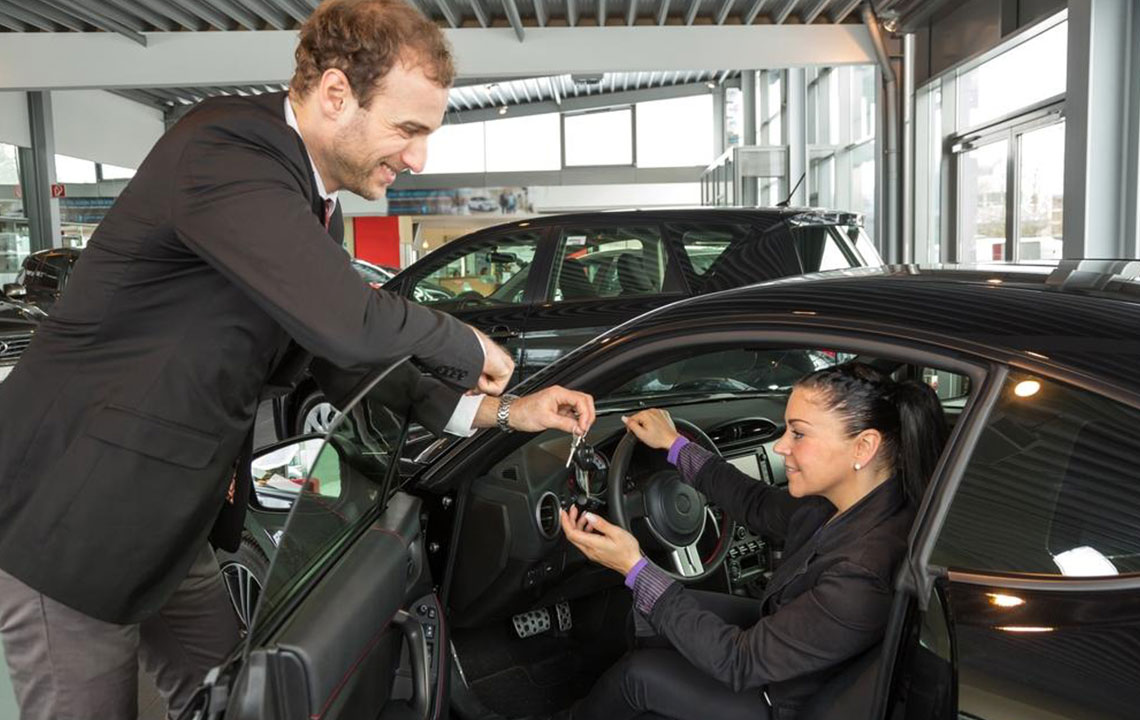Guide to Selling Your Vehicle at a Car Auction
This comprehensive guide explains the essential steps involved in selling a car at auction, including choosing the right auction house, consignment processes, bidding procedures, and precautions to ensure genuine transactions. It highlights the importance of vehicle quality, seller verification, and understanding auction rules to maximize sales success.
Sponsored

When a car collector intends to sell a vehicle through an auction, the initial step is to identify a reputable auction house. The seller then submits an application to consign their car to the selected auction company. Not all auction houses accept every vehicle; each has specific requirements based on their specialization, such as classic European cars, muscle cars, or hot rods. Most auctions set a minimum estimated price that the vehicle should fetch for it to qualify for listing. Therefore, not every car is suitable for auction.
If the vehicle passes all the auction house’s criteria, it will be placed under the hammer. Bidders are typically required to pay a bidding deposit, which can reach up to $1000, to participate. This fee serves to cover listing costs and verify bidder authenticity. Sellers, meanwhile, hope to attract genuine buyers, as auction houses work diligently to prevent fraudulent or misrepresented vehicles from reaching the sale. Despite precautions, some counterfeit cars may still slip through, leading to legal disputes when buyers discover inaccuracies or fakes after purchase. Due to these risks, auction companies enforce strict standards for vehicle quality and seller credibility.
Some auction houses do not require a reserve price, meaning the vehicle will sell at any price the bidders agree upon. In such cases, sellers simply wait to see the final selling amount once the bidding concludes.





